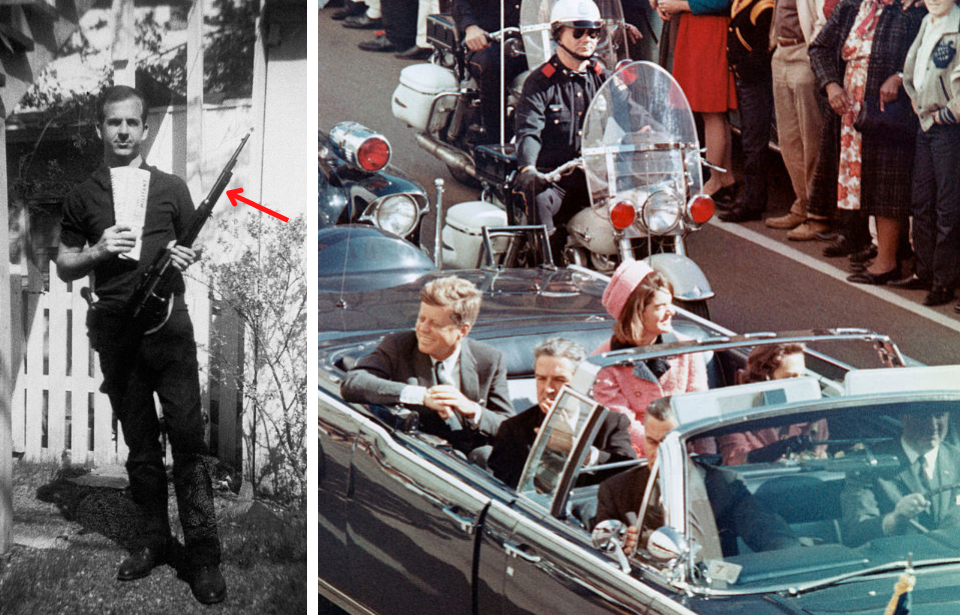On a sunny November day in Dallas, Texas, Lee Harvey Oswald leaned out the sixth-floor window of the Texas School Book Depository and aimed his 6.5 mm x 55 mm Carcano Model 38 infantry carbine at John F. Kennedy. Three shots rang out, hitting Texas Gov. John Connally and mortally wounding the US president.
What unfolded following the assassination had a ripple effect on American society, and the incident is considered one of the most horrific and senseless crimes in recent history. Similarly, Oswald’s weapon of choice, the Italian Carcano, has a bloody history, making it a political statement in and of itself.
Origins of the Italian-made rifle
“Carcano” refers to a series of Italian bolt-action, magazine-fed repeating rifles and carbines. Designed in 1890 by Lt. Col. Salvatore Carcano, the original was known as the M91 and chambered the rimless 6.5 mm x 52 mm Modello 1895 round.
A common misconception about the Carcano is its supposed connection to Austro-Hungarian rifle developer Ferdinand Ritter von Mannlicher. In reality, it was two Italian men who championed the iconic weapon at the Torino Arms Factory. Salvatore Carcano, as aforementioned, and Col. G. Paravicino, who took inspiration from both the Mannlicher and German Model 1888 Commission Rifle.
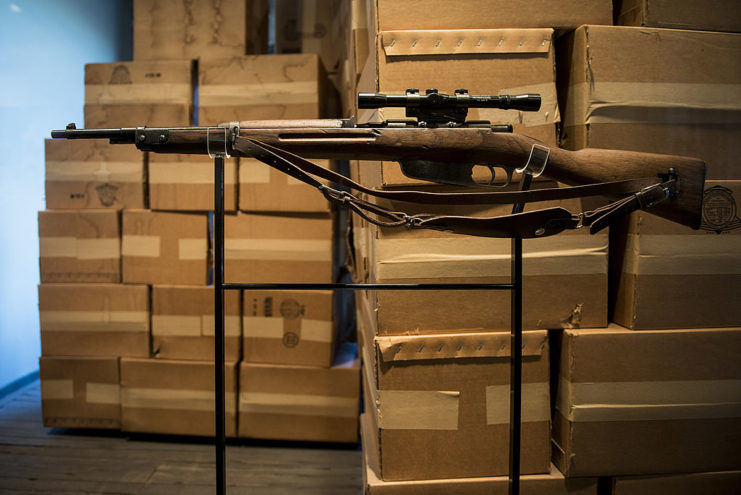
The Mannlicher design allowed for easy ejection of the empty clip by opening the magazine. Unlike the Mannlicher, however, the Carcano’s clip had no dedicated top or bottom, which allowed the magazine to be loaded from either. The clip-loaded ammunition helped the operator quickly reload the weapon, thanks to pre-made “chargers” holding cartridges along it.
While this sped up reload times, some were frustrated that the prefabricated ammunition didn’t allow them to “top off” a magazine without first emptying their clip. Despite this, the Carcano was extremely accurate when used with the right rounds, thanks to its innovative gain twist rifling, which consisted of spiral-shaped grooves along the inside of the barrel.
Use of the Carcano during World War I
The first major conflict the Carcano saw use in was World War I. Unlike other firearms developed around that time, the M91 stood the test of time.
Smaller ammunition, a lighter design and unique features helped it excel throughout the conflict, and it fast became favored by many soldiers. This was largely due to its six-shot magazine, which gave Italian troops an edge against firearms fitted with only a five-shot one.
While other models were quickly outclassed, the M91 stayed relatively unchanged well into the 20th century, remaining in production until 1945.
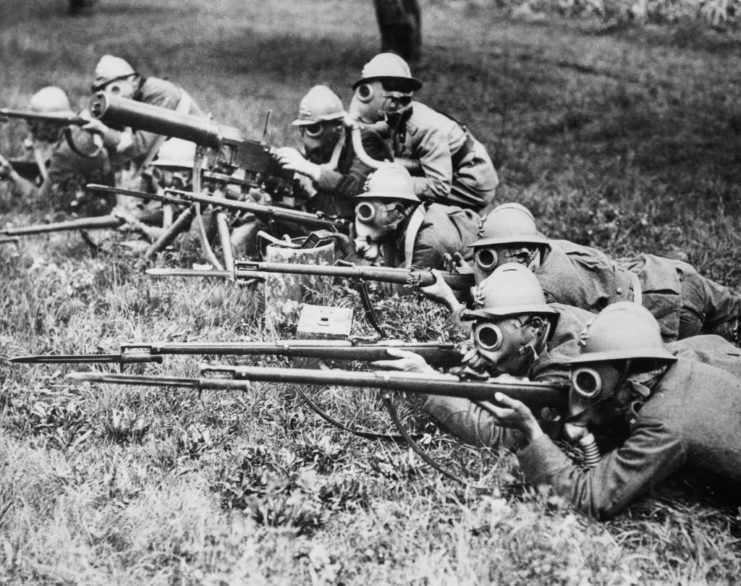
The simple design made the weapon easier and cheaper to manufacture, and its stripped-down configuration was practical enough for nearly anyone to operate. However, even though the M91 was easy to build, Italy struggled to produce the newly-designed 6.5 mm x 52 mm Cartuccia Modello 1895 smokeless cartridge the Carcano needed.
Disorganized manufacturing processes took years to sort out. There was also the logistical nightmare surrounding designing and building a jacketed round with enough integrity to survive being launched out of a 30.7-inch barrel at 2,300 feet per second. No black powder lead bullet had traveled that fast before.
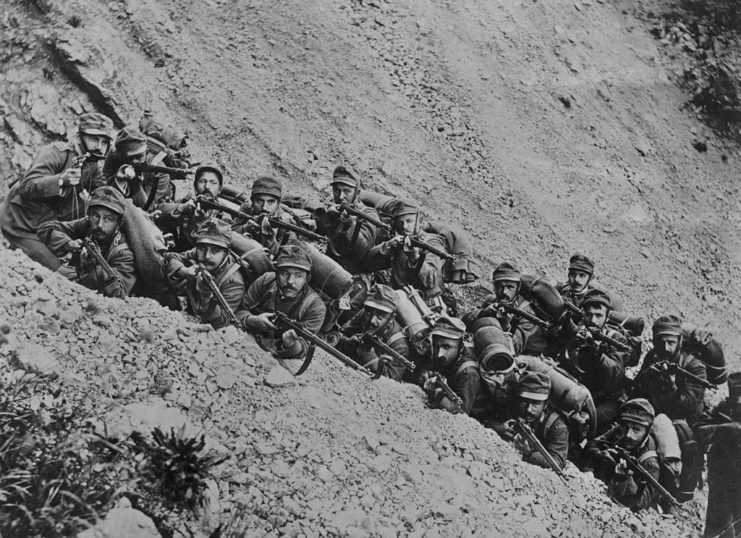
Italy opted to use a smaller 6.5 mm bullet, rather than the larger sizes used by other countries. While this meant the Carcano was less deadly, it still provided gunmen with more accurate shots, thanks to its lesser recoil and lighter, easier-to-carry ammunition. Smaller cartridges also sidestepped the nation’s manufacturing hiccups by requiring less material.
Between 1892 and 1918, roughly two million M91 Caranos were produced. Two carbine versions of the firearm were also developed: the Moschetto da Cavalleria, a folding bayonet used by cavalrymen, and the Moschetto Truppe Speciali, for special troops who benefited from a separate bayonet.
Use of the Carcano during the Interwar Period and World War II
All M91 Carcanos were fitted with the rimless 6.5 mm x 52 mm cartridge until 1938, when an arms authority pointed out inconsistencies in the powder types used in arsenal-loaded 6.5 mm ammunition. At the time, various metals and powders were combined in one bullet, leading to inconsistencies in velocity and accuracy.
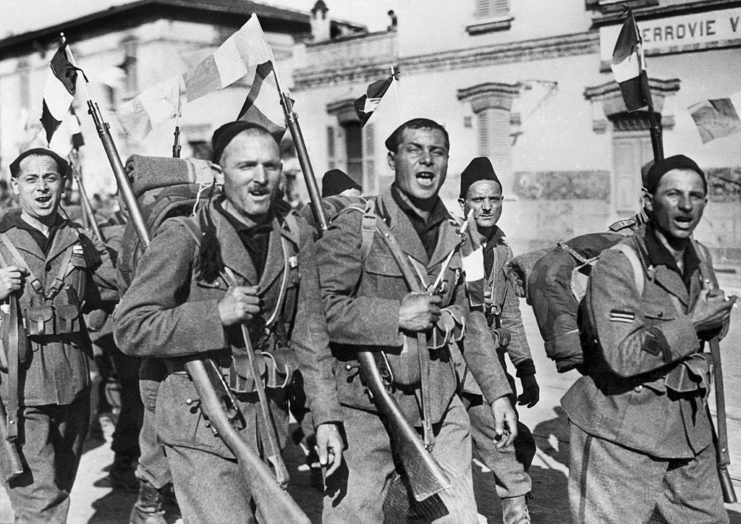
During campaigns in Italian North Africa (1924-34) and throughout the Second Italo-Abyssinian War (1932-34), reports of the M91’s poor performance led Italy to introduce a new model, the Modello 1938. It had a 21-inch barrel, which utilized a new 7.35 mm x 51 mm cartridge and a newer spitzer-type round, similar to the .303 British Mk VII bullet.
By 1940, Italy had defaulted its weapons production back to the 6.5 mm and extended the M1938’s barrel to 27 inches, even though it was never refitted to use the old caliber. Some were shipped to Finland for use during the Winter War. Many soldiers admitted they weren’t fond of the Carcano – in fact, they disliked them so much that they reportedly got rid of them whenever they could, in favor of other weapons acquired on the battlefield.
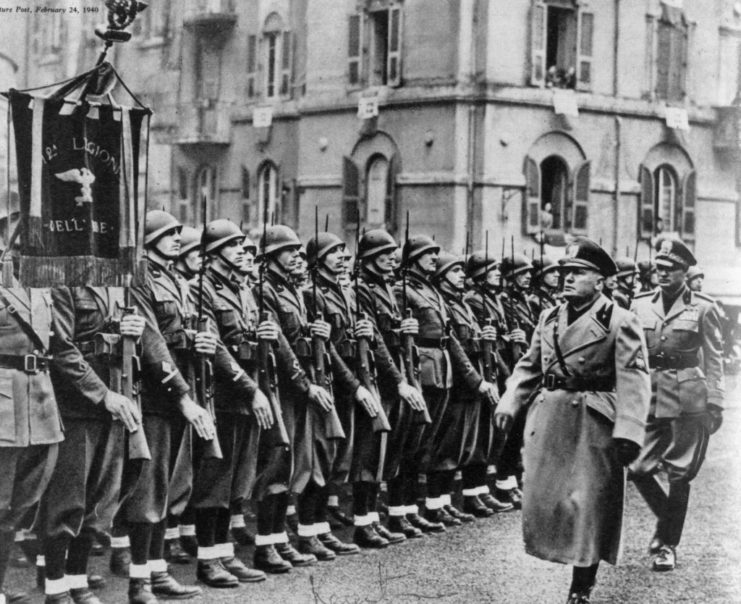
The confusing situation with ammunition, specifically the struggle to manufacture enough of the 7.35 mm caliber, meant the Carcano was unfit for use on the front. Instead, it was issued to those working in security and communications.
Replaced during the post-war years
Following the Second World War, Italy replaced the Carcano with British Lee-Enfields, but later switched to the American M1 Garand semi-automatic rifle.
German soldiers had captured a number of rifles following Italy’s capitulation in September 1943, which were given to the “People’s Militia” in late 1944. Many were supposedly exported to Egypt following the war for training use, and it’s reported that Greece, too, also took a number of Carcanos following the war.
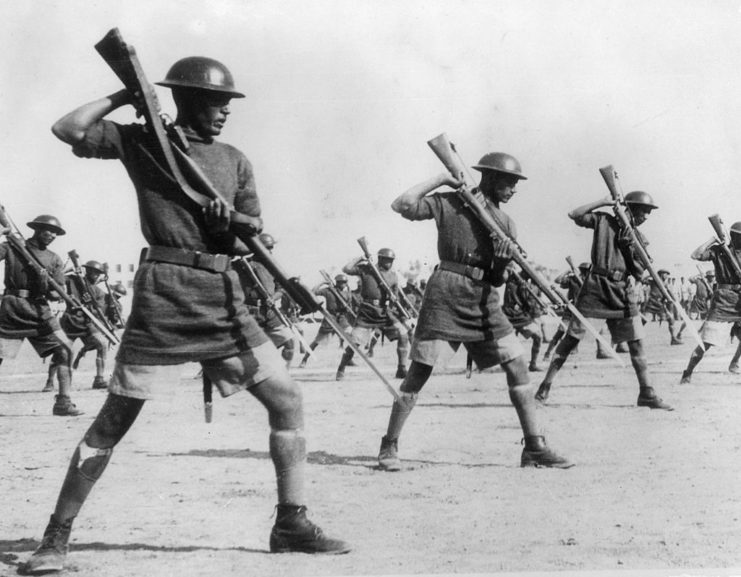
Finland sold its remaining stock of 74,000 7.35 mm M91/38 Carcanos to the surplus market, triggering an influx of the firearms sold to the United States in the post-war era.
The assassination of John F. Kennedy
Of the five million Carcano rifles manufactured, just one stands out as the most well-known: the gun wielded by Lee Harvey Oswald to assassinate US President John F. Kennedy in Texas on November 22, 1963.
Oswald fired three shots at the presidential motorcade, which featured Kennedy; his wife, Jacqueline; Texas Gov. John Connally; and his wife, Nellie. Two of the 6.5 mm × 52 mm Cartuccia Modello 1895 rimless cartridges fired from Oswald’s Carcano Model 91/38 entered the head and neck of the US president, mortally wounding him. A third hit Connally in the back.
The motorcade rushed to the nearest hospital and Oswald escaped from the Texas School Book Depository. He was later found hiding in a nearby movie theater, where he was arrested.
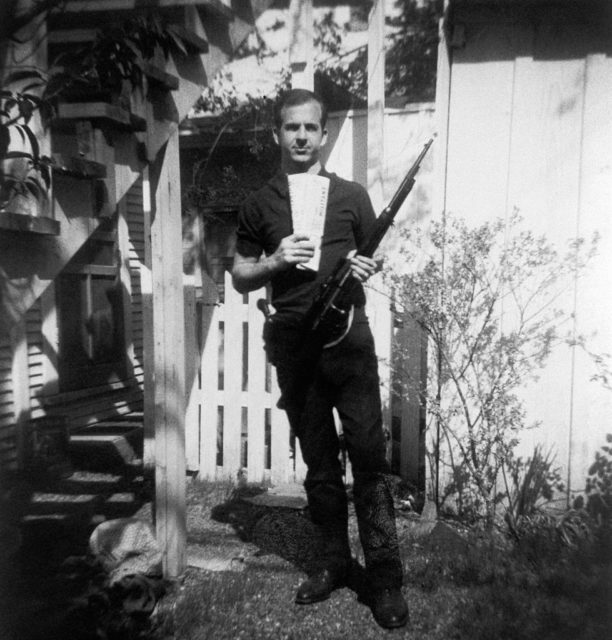
Oswald had a difficult upbringing, growing up in an orphanage. In 1956, he joined the US Marine Corps, where he was known to be an above-average marksman with violent and erratic tendencies. After leaving active service, Oswald fled to Moscow and asked to defect to the Soviet Union.
Eventually, he was allowed into the country, despite some thinking he was a spy. He lived in Minsk and worked closely with the KGB. Approximately three years later, Oswald brought his wife and newborn daughter back to the US for a better life. He took on an alias and began to get involved with communism, showing strong support for Cuba.
Oswald purchased a revolver and, later, a Carcano carbine through a mail order catalog, using the alias “A. Hidell.” He posed with the weapon in a photo taken by his wife in their backyard, which later became evidence of his crimes.
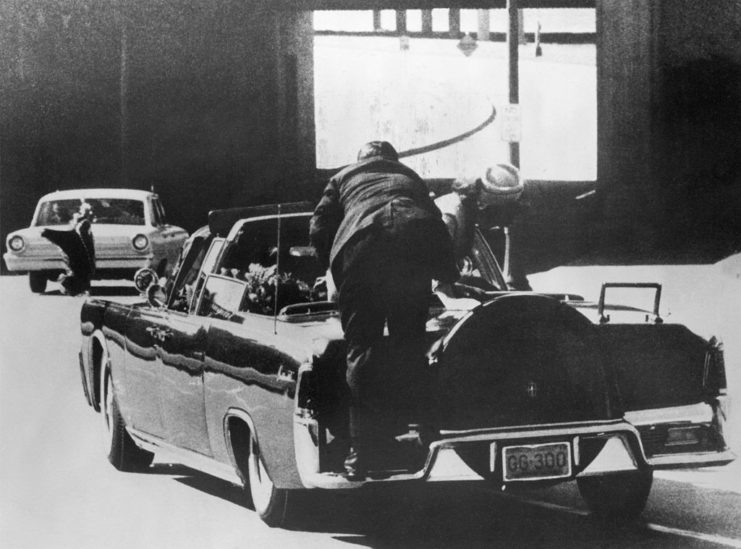
Unfortunately, Oswald would never see justice. Just two days after JFK’s assassination, a man named Jack Ruby shot and killed him as he was being taken into the local county jail. While Ruby claimed he’d acted out of outrage for the death of the president, he also had close ties to the mafia, which could better explain his reason for killing Oswald.
Where is Lee Harvey Oswald’s Carcano now?
While the senseless violence committed by Lee Harvey Oswald created grief and outrage across the nation, it was also a catalyst for the Gun Control Act of 1968, which banned the mail order sale of firearms.
The Carcano he used in in JFK’s assassination had been built at the Terni Royal Arms Factory in 1940 and was later equipped with a Japanese telescopic sight. Investigators were critical of the speed and accuracy of the weapon, even though its purpose was to deliver greater accuracy at higher speeds. The rifle is now in the hands of the United States National Archives.
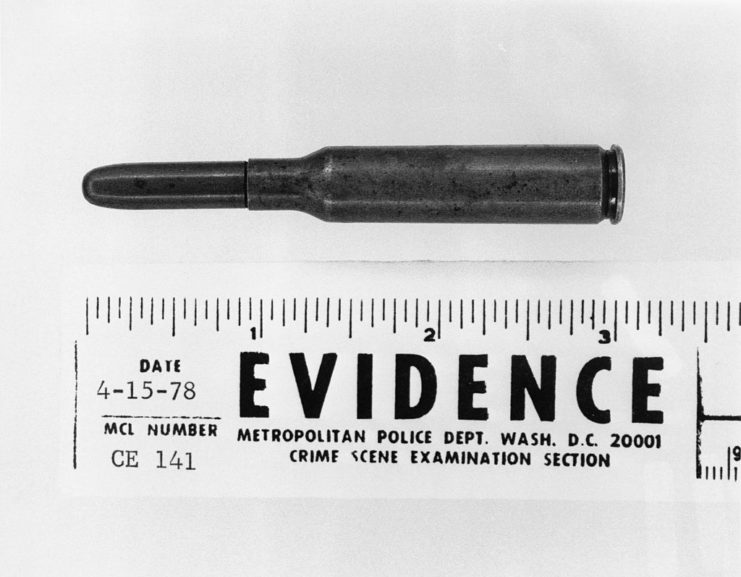
More from us: Grease Gun: The US Military’s Longest-Serving Submachine Gun
Today, the Carcano has little to no use. The last conflict it saw action in was the 2011 Libyan Civil War, though it’s likely many remain in private ownership in the US.
